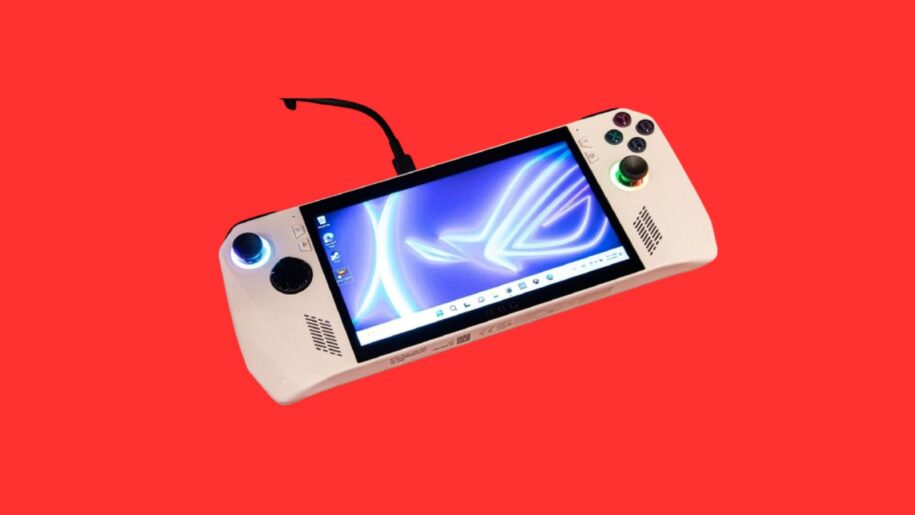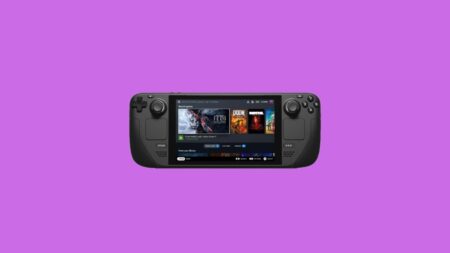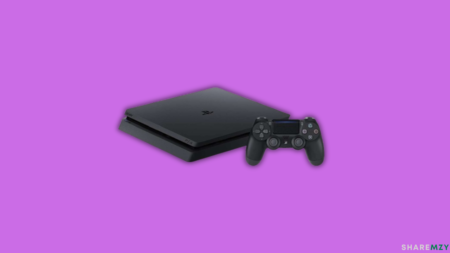
The ASUS ROG Ally stands out in the handheld gaming market with its AMD RDNA 3.0-based Ryzen Z1 and Z1 Extreme APUs, offering impressive integrated video card performance.
These APUs provide graphical capabilities superior to the Steam Deck’s RDNA 2.0, with the Z1 Extreme rivaling entry-level discrete Graphics Cards like the NVIDIA GTX 1650 Max-Q.
The ROG Ally delivers a seamless gaming experience at 720p and 1080p, maintaining playable frame rates in modern AAA titles and excelling in less demanding games.
Designed for portable efficiency, it balances power and performance for gamers on the go.
What graphics card is in ASUS ROG Ally?
The ASUS ROG Ally houses AMD’s custom Ryzen Z1 and Z1 Extreme APUs, integrating RDNA 3.0-based graphics directly into the chip. These integrated GPUs (iGPUs) resemble the capabilities of AMD’s Radeon 780M, delivering exceptional performance for a handheld device without the need for a separate discrete Graphics Card.
The RDNA 3.0 architecture enhances power efficiency and graphical output, making the ROG Ally capable of delivering frame rates akin to an NVIDIA GTX 1050 Ti or AMD’s Phoenix APUs. This allows smooth gameplay at 720p and 1080p resolutions, achieving 60+ FPS on medium settings for most modern titles and even higher performance in less demanding games.
Nvidia GTX 1050 Ti
The NVIDIA GTX 1050 Ti is a budget-friendly GPU well-suited for 1080p gaming at medium settings. With 4GB of GDDR5 memory, it offers reliable performance for most games, though it may struggle with higher resolutions or more demanding titles due to its older architecture and limited VRAM.
Specs:
- Cores: 768
- Video Memory: 4GB GDDR5
- Memory Speed: 7 Gbps
- Power Requirements: 75W (no external power connector required)
Pros:
- Solid 1080p gaming at medium settings.
- Low power consumption and easy integration.
- Affordable and accessible for budget builds.
Cons:
- Based on an older Pascal architecture, less efficient compared to newer Video Cards.
- Limited 4GB VRAM may hinder performance in modern titles.
- Struggles with higher resolutions and demanding graphical settings.
Nvidia GTX 1060
The NVIDIA GTX 1060 outperforms the ROG Ally’s RDNA 3.0 iGPU, offering superior performance in demanding games with 6GB of GDDR5 memory. It delivers better frame rates at higher settings and resolutions, making it ideal for 1080p/1440p gaming, while the ROG Ally excels in portability and efficiency.
Specs
- Cores: 1,280
- Video Memory: 6GB GDDR5
- Memory Speed: 8 Gbps
- Power Requirements: 120W
Pros
- Great 1080p/1440p performance.
- 6GB VRAM.
- Power efficient.
Cons
- Higher cost.
- Older architecture.
- Requires more power.
AMD RX 550
The AMD RX 550 is an entry-level Graphics Card designed for budget systems and light gaming. With its Polaris architecture, it provides basic 1080p gaming capabilities at low to medium settings, making it a good choice for casual gamers or those upgrading older systems.
Specs:
- Cores: 512
- Video Memory: 2GB or 4GB GDDR5
- Memory Speed: 6 Gbps
- Power Requirements: 50W (no external power connector required)
Pros:
- Affordable and ideal for budget builds.
- Very low power consumption.
- Suitable for 1080p gaming at low to medium settings.
Cons:
- Limited VRAM (2GB or 4GB) restricts its ability to handle modern, high-resolution textures.
- Struggles with graphically demanding games and higher settings.
- Performance lags behind newer integrated solutions like the RDNA 3.0 iGPU in the ROG Ally.




